Kia Reveals Broader Range of Stinger Flavors, New Engine

The unlikely Kia Stinger enters the coming year with mild design and content changes in tow, but one thing that isn’t disappearing is choice. Come 2021, there’ll be more of it, at least as far as powertrains are concerned.
Rather than swap out the model’s base engine for a more potent — but pricier — mill, Kia decided to leave well enough alone and slot something hotter between the entry-level 2.0-liter four-cylinder and twin-turbo 3.3-liter V6.
Details about the refreshed sedan’s reworked front- and rear-end lighting, as well as molded plasticky bits, can be found here. When the new car appeared in Korea earlier this month, we speculated that Kia might make use of new Hyundai Motor Group engines found in the Genesis stable. Sure enough, it did, though not at the expense of the model’s base MSRP.
Keeping the 255 horsepower, 260-lb-ft entry-level mill is key to generating sales for this value-laden sports sedan. Rather, Kia added a stepping stone — a happy medium in the form of the turbocharged 2.5-liter four-banger found as standard kit in the Genesis G70 and new-for-2021 G80, as well as the Hyundai Sonata N Line
Making 300 hp and 311 lb-ft (and mated to an eight-speed automatic), the 2.5L nicely splits the difference between the 2.0L and the 3.3L, the latter of which sees a slight power boost for the coming year. Ponies are up by 3 thanks to a rejigged exhaust system, meaning an output of 368 hp and a unchanged 376 lb-ft.
Pricing and all-wheel drive availability are things we can’t share with you yet, as Kia’s keeping those details under wraps until closer to the car’s on-sale date. Global sales are said to begin this quarter.
[Images: Kia Motors]

More by Steph Willems
Latest Car Reviews
Read moreLatest Product Reviews
Read moreRecent Comments
- Kwik_Shift_Pro4X What's worse than a Malibu?
- MaintenanceCosts The current Malibu is poorly packaged; there's far more room inside a Camry or Accord, even though the exterior footprint is similar. It doesn't have any standout attributes to balance out the poor packaging. I won't miss it. But it is regrettable that none of our US-based carmakers will be selling an ordinary sedan in their home market.
- Jkross22 You can tell these companies are phoning these big sedans in. Tech isn't luxury. Hard to figure out isn't luxury.This looks terrible, there are a lot of screens, there's a lot to get used to and it's not that powerful. BMW gave up on this car along time ago. The nesting doll approach used to work when all of their cars were phenomenal. It doesn't work when there's nothing to aspire to with this brand, which is where they are today. Just had seen an A8 - prior generation before the current. What a sharp looking car. I didn't like how they drove, but they were beautifully designed. The current LS is a dog. The new A8 is ok, but the interior is a disaster, the Mercedes is peak gaudy and arguably Genesis gets closest to what these all should be, although it's no looker either.
- Ajla My only experience with this final version of the Malibu was a lady in her 70s literally crying to me about having one as a loaner while her Equinox got its engine replaced under warranty. The problem was that she could not comfortably get in and out of it.
- CoastieLenn Back around 2009-2010, a friend of mine had a manual xB and we installed a Blitz supercharger kit. Was a really fun little unit after that.




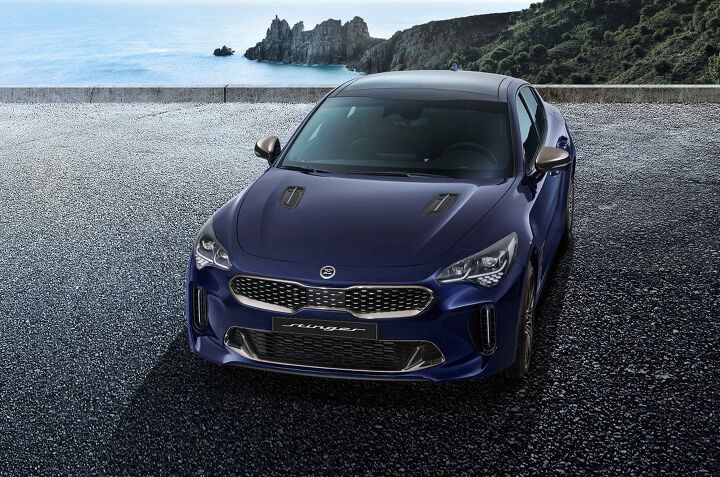












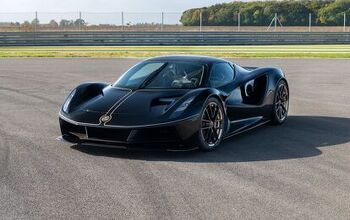
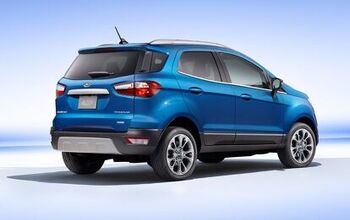
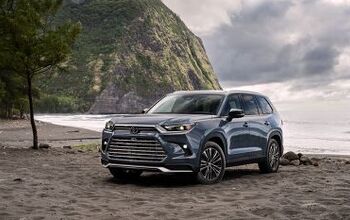
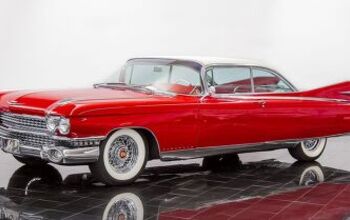
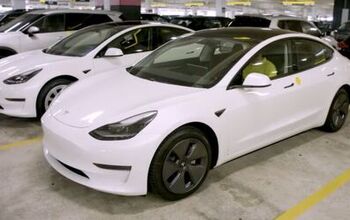
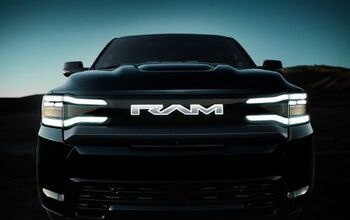

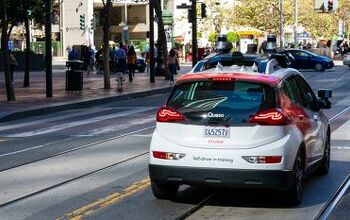
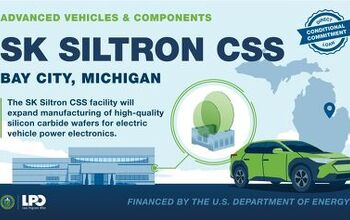
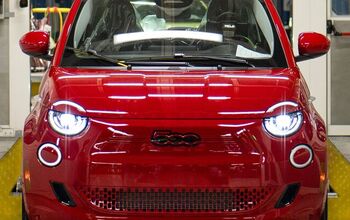



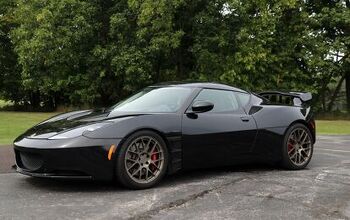
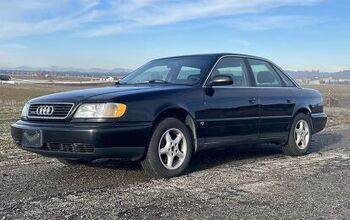
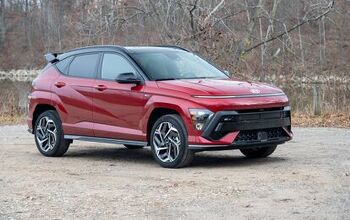
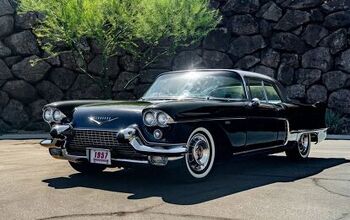
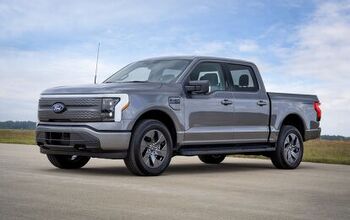
Comments
Join the conversation
Nothing compares with Telluride, nothing.
I would be shocked here in the United States to see THREE engine options. It is remarkable at this point when a car (not a truck) even has 2 engine options. Stinger 2.5T RWD with LSD and the premium interior would be lots of fun - ditch the 2.0 and keep the current trim levels more or less.